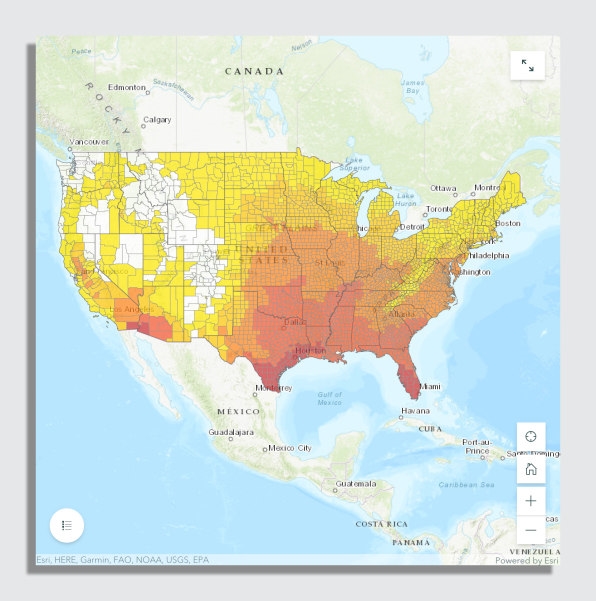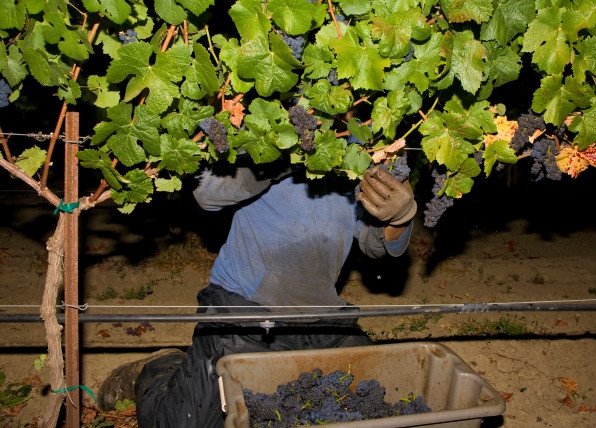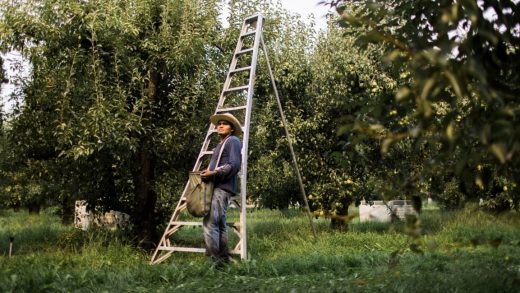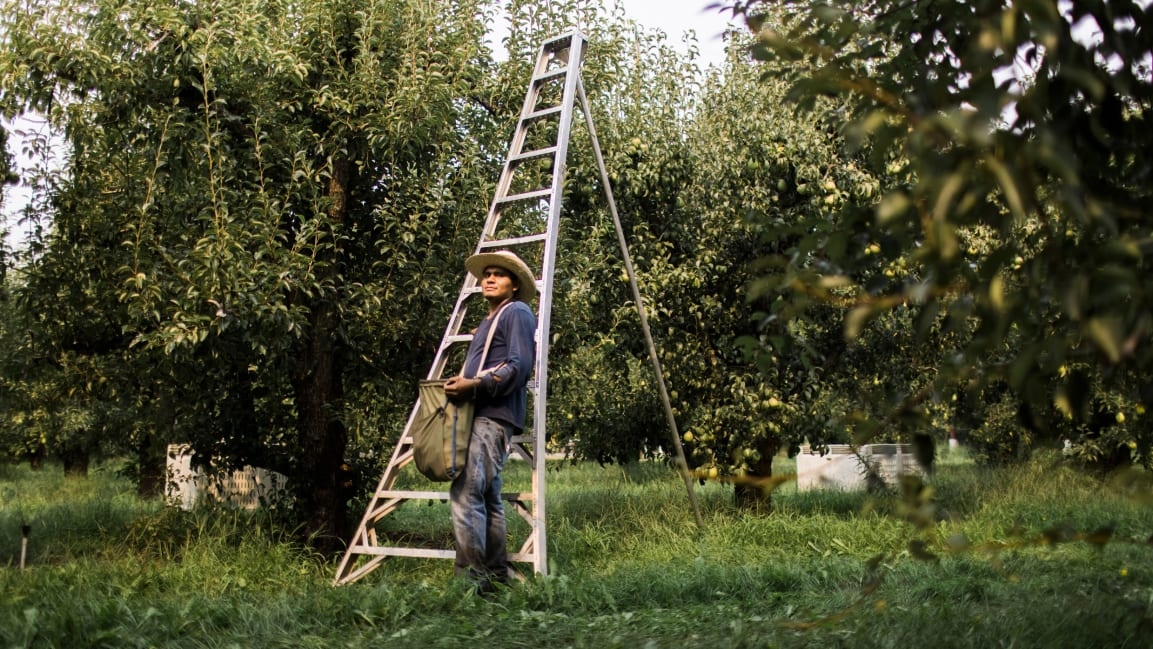Map: Where extreme heat will put outdoor workers at the greatest risk
On an afternoon in late July, as a heat wave hit the Pacific Northwest, a 69-year-old farmworker named Florencio Gueta Vargas collapsed in the farm field where he was working in Washington’s Yakima Valley. When he didn’t return home that night, his family came looking for him at the farm. They were told that he was at the morgue.
It’s the type of tragedy that will become more common as climate change boosts extreme heat. A new study maps out where outdoor workers will be most at risk from heat by the middle of the century. “We wanted to look at outdoor workers because they’re among the people who are most exposed to extreme heat in our country,” says Kristina Dahl, a senior climate scientist at the Union of Concerned Scientists and author of the report. “And our earlier work had shown that if we fail to reduce our heat-trapping emissions, there would be a steep rise in the frequency of extreme heat over the next 30 or 40 years.”

If emissions don’t drop, by the middle of the century more than 18 million outdoor workers will be at risk from extreme heat-related health problems on seven or more workdays a year (right now, only 3 million workers are in this position). Workers in Louisiana, Florida, and Texas will be most affected, with about a month of lost work each year. But even in places that don’t see heat as frequently—like Oregon or Washington state—a bump in hot days can harm health or kill. “When we look at how people in different regions of the U.S. respond to heat, we see that in regions where extreme heat is less frequent, like New England, you start to see the rate of hospitalizations and emergency room visits for heat-related illnesses and injuries start to rise at a much lower heat index,” Dahl says. “People there just aren’t accustomed to the heat.”

Employers can protect workers by shifting work schedules to cooler times of day. In Arizona, for example, construction workers often work at night. In California, where heat-protective laws were put in place in 2005 that require shade and water when temperatures rise above 80 degrees, heat-related injuries fell, though only by 30%. (Still, the report recommends a national law that would give the same protection in all states.)
Some jobs can also temporarily switch workers to less intensive work, but that isn’t always possible. While robots can potentially handle some jobs, like harvesting fruit on swelteringly hot days, that doesn’t address the problem of how to make up lost income. “The solution isn’t necessarily to get rid of these jobs that people rely on for their livelihood, but to think about how we can make them safer; how we can preserve workers’ earnings, even if there is an extreme heat event,” says Dahl. The report found that outdoor workers may collectively lose $55.4 billion in earnings a year by the middle of the century.
Addressing climate change is the main solution. With action now to reduce emissions, the number of outdoor workers affected by unsafe heat at least seven days a year would drop from 18 million to 14 million. If the world hits net zero by 2050, the global temperature will eventually stabilize, and extreme heat days are expected to drop.
(43)



